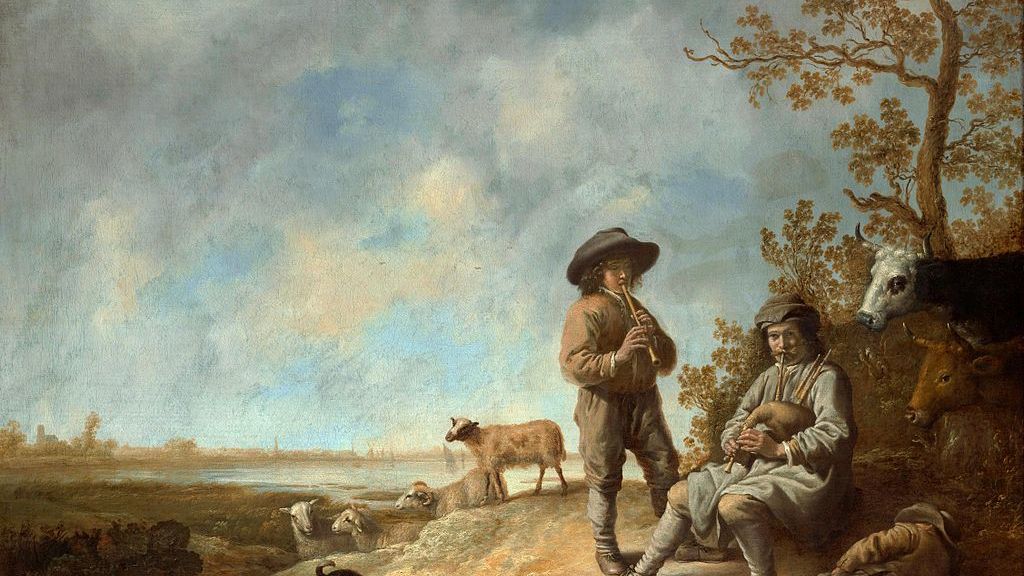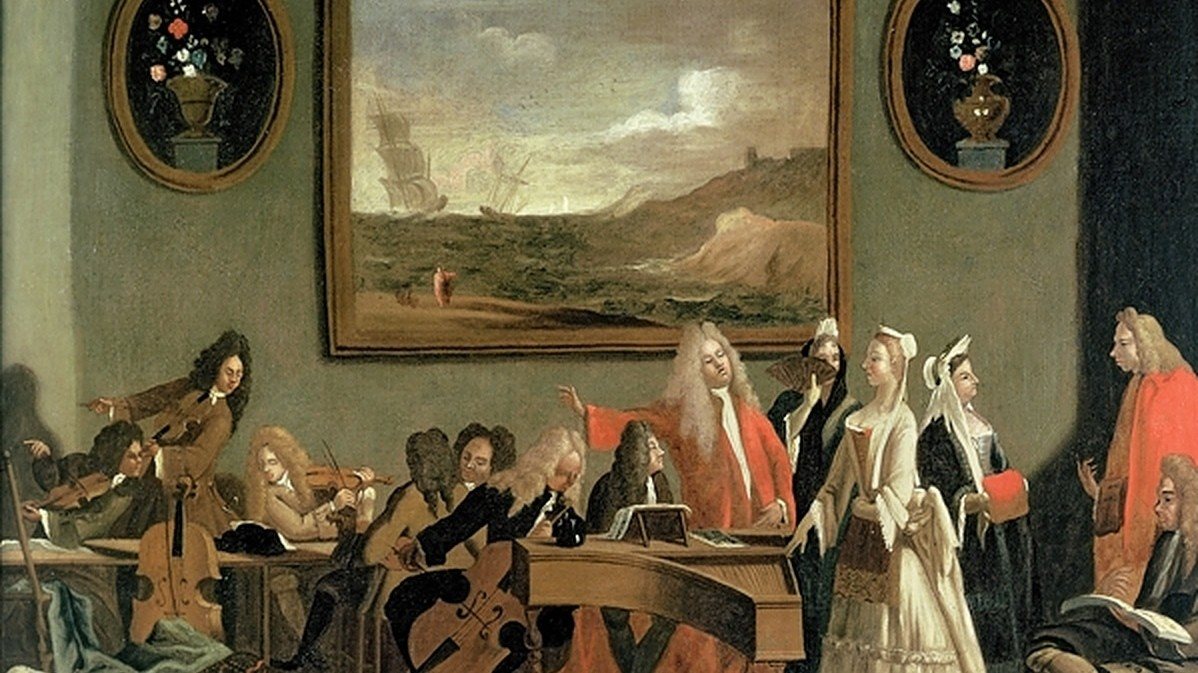Bach’s Trio Sonata in G Major, BWV 1039: Traverso Triumph
J.S. Bach’s Trio Sonata in G Major, BWV 1039 overflows with sensuous melodies, magical contrapuntal conversations, and joyous rhythmic motion. The Sonata is scored for two flutes and basso continuo. It was probably written between 1736 and 1741 when Bach was director of Leipzig’s Collegium Musicum. The chamber music society presented weekly concerts at the Café Zimmermann coffeehouse. This music was so popular that Bach created a version for viola da gamba and …







